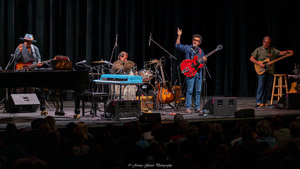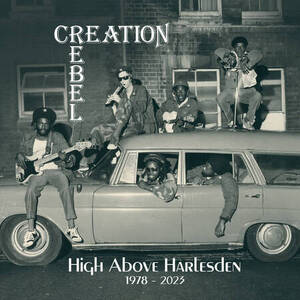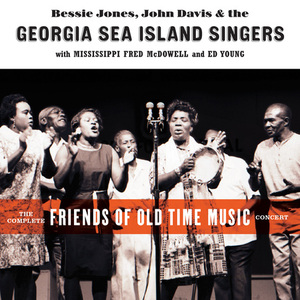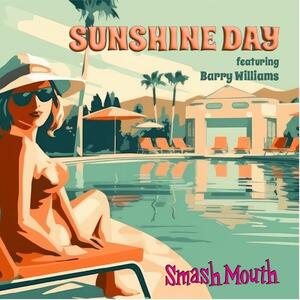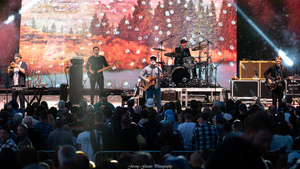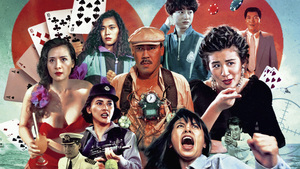
Tarik Aktaş
by Generoso Fierro
Year after year, AFI Fest, through their New Auteurs section, dedicates a substantial amount of their programming to the feature film work of new talents, whose usual port of entry into festivals that are this prestigious is through the short film programming. AFI Fest’s robust New Auteurs selections draw from works from all over the world, and in 2018, the amount of features that were screened in the section went up to eighteen as opposed to the eleven that were shown there in 2017, and in fact, two of our most appreciated films came from the New Auteurs section last year, both best described as having experimental narratives: Júlia Murat’s Pendular, and Joshua Bonnetta & J.P. Sniadecki’s El Mar La Mar. This year, our favorite film to come out of the New Auteurs selections was the confident first feature by Turkish director, Tarik Aktaş, Dead Horse Nebula, which to be candid, we also felt employed an experimental narrative construction like Pendular and El Mar La Mar, but after my conversation with Aktaş, I now realize that I was mistaken in a way.
Utilizing naturalist elements and a sparse, but effective amount of dialog, Dead Horse Nebula follows Hay (Baris Bilgi), who first experiences death as a boy by way of interacting with the titular deceased horse. As Hay stands in awe of the horse, he begins to poke at the rotting horse’s stomach and then witnesses the life that is subsisting within the animal’s organs, which creates a thought in Hay’s mind about the transitory/cyclical nature of death. The film then jumps to Hay as an adult, who we then observe having more interactions with death, and we see how these cumulative experiences and his memories of these moments shape his behaviors as he encounters more episodes dealing with mortality. Impressively executed in its 73 minute running time, Dead Horse Nebula succeeds by allowing the viewer to clearly examine the experiences of Hay, the passive protagonist, and interpret how Hay’s memories determine his future.
My lively and meditative conversation with Aktaş examines the director’s own particular method of production, his preference for working with non-professional actors, the challenges and rewards that choice presents, and his thought process for creating his central character.
Q: I’ve been thinking about the pure definition of a nebula, a dark cloud that blocks light while forming an environment where stars and planets can form. If we are to assume that mortality is the dark cloud that shadows Hay’s thoughts, how then do you see that nebula allowing for Hay’s ability to grow in the world around him?
A: Actually, I never thought about the nebula as a darkness, but perhaps something that is just material that has no life, but in the end when it comes together, and there is an explosion, the planets are formed, which leads to organic life. In another way, regarding the material world, the incidents that we see also, through memory, shape this one particular soul. I have always seen the film as having two parallel motifs: one motif is for the material world, and the other is for the more metaphysical side.
Q: Hay first observes death with the horse, then partakes in death by way of slaughtering the sheep, and then faces his own death in the end. In terms of the construction of the film, how do you feel that his earlier experiences address Hay’s mindset on the construction site as he is almost killed while behaving a bit recklessly?
A: I think that death merely initiates his skill of observation. Death is of course important; it is something that is important for every human being because of its inevitability, and because of this inevitability, it is something that ignites a fire in someone’s character. If you look at Hay’s friends, for example, in the scene at the beach, they are concerned about the dead bodies on the sand, but not in the way that Hay is concerned, as they have a more ethical question, and ethics always emerge after reality. The reality is the boy’s lying dead on the sand, and then if you start talking about the ethics of the situation, it becomes something else, a way of reacting as we tend to do as human beings. Similarly, when we see the women in that scene crying, we understand that they are having an emotional reaction, but as you can clearly see, the effect overall is indeed very material. So for Hay, death is something material, but the emotional side of his reaction is somewhat lacking because of the previous incidents that he experienced, such as the way that he saw the dead horse—it was no longer a living animal, it was material, but from the dead animal, he saw life coming out of it. Of course, since he experienced the dead horse as a small child, he could not intellectualize the moment at that time, but he did find an awesomeness in the experience. There was a huge body, and it was dead, but when he saw the animal’s insides come out and witnessed the living parasites on the organs, he understood death produces more life, and this understanding carries through his perspective as an adult.
Q: Then, in terms of the perception of life, and here I am thinking of your film in contrast to Michelangelo Frammartino’s Le Quattro Volte, like Frammartino’s film, you have a naturalist setting, but in his film you witness a transitional progression of life from man to goat, from goat to tree, and then finally from tree to mulch, whereas in Dead Horse Nebula you see death as a looming obstruction more than a natural transition inherent in life. Frammartino’s film is about the circle of life in reincarnation, so death is not an obstruction, but again, in your film, even the removal of the horse takes on an element of conflict by having the need to blow the horse to bits in order to clear it from the field because it is a potential impediment to the community’s water source. Then, while slaughtering the goat, Hay almost dies from cutting the artery in his leg, and by the end, Hay takes the tree he and his friend have chopped down and brings its processed planks to a building site, but Hay almost dies working on it. So, to me, in your film, there is always this obstruction that appears in the cycle of life. How does that play into Hay’s perception of death?
A: I think that in our daily routine we mostly miss the point of death. Maybe this is just me who does this, but I am pretty sure that I am not the only one, but I see things, and I find some value in almost everything. For example, right now I am sitting in my hotel room, and looking at the curtains, I see a value there and that value is in the crafting of the cotton, and then I see agriculture in it, and then I see our civilization in it, and that is what I do. So, in our daily routine, no matter what our industry is, let’s say education or really any other work, there is always a meaning there. For Hay, this obstruction as you say, is like a veil between life and what life carries as a meaning, and for him that veil is becoming more invisible. At a certain point, when Hay sees the bird when he is hanging from the ledge in the construction site, he sees that bird as a savior, not that the bird could physically save Hay, but the bird is a savior because he looks into his eyes. The bird’s existence itself is already a savior for Hay.
Q: I find that very interesting as I saw the bird in that scene as something completely different. I wouldn’t say that I thought the bird was mocking Hay, but I interpreted that moment as one where Hay might feel that the bird’s natural ability of flight, which allows it escape the unnatural predicament that he is in where he could potentially fall to his own death on the worksite, is kind of taunting Hay, who killed the tree, a natural material, which has now become the structure that might end his life.
A: That is not too far from my point then if you feel that the bird is mocking Hay in that situation, or mocking death to be more specific, because Hay already has already confronted death, so he will not be so sorry if he dies, and he shouldn’t be, given what he has seen so far in his life.
Q: This is your first feature Tarik, and it has been described as having an experimental narrative, but compared to your short film work, Dead Horse Nebula seems to have a more conventional structure, especially visually.
A: Indeed, my early short film work has much more of an experimental nature than Dead Horse Nebula does. And although I do understand why you might call my feature experimental, I myself would not call it that. My short films use elements of illustration, and I incorporate small fragments from very well known movies and other found footage to build up a narrative. I am fortunate as when I made them, they soon were accepted to national film festivals and then to international festivals. But again, about Dead Horse Nebula being experimental, or why does my feature have such a structure? I will say that my next feature will possibly not have have a structure like this film does in its fractured, fragmented sense of time. As I see it, reality is completely fragmented, at least in terms of memory, for when you try to remember moments, you rarely to never remember them chronologically. You might remember a sound or an emotion, or a smell, so there is an illusion in your mind that you remember that day, but in reality it is very fragmented, and your brain combines these pieces, and that combination becomes your memory, whether you are fond of that memory not, and that is why this film has this structure.
Q: Narrative structures similar to yours are normally assessed as works of “dream logic,” but I appreciate that in your film, you are trying to replicate the narrative through the way we recall memory. Will you further explore this kind of narrative with your next feature?
A: This might sound even more abstract, but my next film will be about what I mentioned before, and that is the “veil.” So to explain further, Dead Horse Nebula is about, “seeing,” and more specifically, when the veil disappears. In my second feature, you will understand how to move once the veil vanishes, so it is then about movement and the will to do it. In Nebula, Hay is a very passive character. He just observes, but in the next film, the character, though not in the very beginning of the film, will begin to learn how to move to change his fate.
Q: Not to dwell on this point, but Hay is, as you describe him, a completely passive character, but do you feel that any of his actions lead to his potential demise or to an implicit tie between the events leading up to his death?
A: I think these two things, passiveness and assertiveness, merge together, and by this I mean, that if you do something or if you do nothing, the nature of your action or inaction will lead to this conclusion. For example, Hay is not the one who says, “Hi friends, I have found a job for us. We will chop down this tree and sell it to this construction company.” Hay is just the friend of the person who is being proactive in getting work. So, when I say, “passive” or “active,” I am referring to a person who makes decisions, and in the case of my film, Hay is never the person who makes the decision. In the first edit, for example, I had Hay asking, “Why don’t we go fishing tonight?” to his friends, but of course, I edited that moment out of the final cut because it shows Hay as being more of an active participant than he really is.
Q: I must ask then, how did that moment of proactive speech come about in the earlier cut?
A: That line came about from a motivation for the actor. You see, these are all non-professional actors. Baris Bilgi, who plays Hay, just a few months before shooting the film, was working as security guard in an apartment building. The characters were all played by my friends and family, so when Baris asked me, “Why don’t I ask my friends to go fishing?,” I said, “Sure,” because it was part of the process, since there was no script for him to reference. None of the actors in this film actually had to read a script. We would all just meet in the morning on location, and I would give them direction like, “Now, let’s cut down this tree,” and they would all say, “Sure, O.K.” We bonded so well because I started working with the actors three months before shooting, but I never actually rehearsed a scene with them because I wanted their natural reactions to come through.
Some directors, I feel, make a big mistake when they select non-professionals to be in their film, but then apply acting methods on them, which destroys the natural feel of their performances. So, I never discussed the movie with my performers. I never had them read the script so that they could simply focus on the physical activity that they needed to do that day.
Q: I really appreciate that method and your philosophy there Tarik. Almost twenty years ago, I was very fortunate to have interviewed Abbas Kiarostami, and he told me something that I keep with me to this day. I asked him if he still prefered to use non-professional actors, or if he was unable, since the revolution in Iran, to find actors whom he really wanted to work with on his films? As a response Abbas asked me, “Do you know the game of polo?” and I said, “Yes,” and he said, “Well, in polo you are on the horse, and you are supposed to control the ball, correct? But, the ball is always in front of you, and that is why I insist on using non-professional actors.” I didn’t understand it at first, but it soon became clear. You must direct these performers, but the flow of movement and of the pitch will send them places that are more natural, even with your direction.
A: Yes, exactly. But, do not get me wrong as everything on Dead Horse Nebula was indeed scripted, and in this film, as was the case in my short experimental films, I draw up storyboards for every scene. Everything that you see onscreen has been scripted and drawn up prior to filming. Let’s take the scene where the Ömer character delivers the monologue where he talks about the time when he almost drowned in the sea. Well, that scene is a mixture of Ömer’s own memory and mine. There was a moment like that in the script, but the scene came about as such: I told Ömer that in the scene, “You need to come up with a memory of your own, so what can you recall that involves this moment and that moment?” I gave him the keywords, and we made the scene happen together.
Q: I am not sure if he continued it throughout his career, Tarik, but, to me, your method is somewhat similar to what Mike Leigh did with his 1996 film, Secrets and Lies. Leigh would take Brenda Blethyn and Marianne Jean-Baptiste to the shoot location, and before a scene would start, he would hand the actors each a slip of paper that would have written on it, something to the effects of, “This is your mother, who you are meeting for the first time.” And then, they would have to improvise the scene from there. How did your method come about?
A: In my art school, we also had an acting department, but even with that talent there, I always used my friends or family to act in my short films instead because I could place them on the frame wherever I wanted to place them. You just cannot take how the acting should be done for granted, more specifically, what kind of acting does your film require? Perhaps in my second feature, I will need professional actors, but as a director you have to think about it, and truthfully, I am not sure if every director thinks about the kind of acting their film needs prior to shooting. For example, we can see the difference between a director’s approach to the camera: the framing, the lighting, but we usually don’t focus in on the director’s choices for the acting.
As you mentioned Mike Leigh, you can see how realistic the acting is in his films, and I recently showed one of his shorts to my students, and it really was incredible, the acting in his films, especially the flow, and I feel that filmmakers are indeed using this powerful kind of tool in their work, and that has always been my approach, and I have never thought about acting differently.
Q: Once you have selected the type of acting you require, and given that you, at least for this film, preferred a more natural reaction from your performers, did you then only rehearse a scene on location?
A: Since I didn’t want them to overthink the scene, the only rehearsal that took place was on location. In Dead Horse Nebula, there are two or three monologues that take place, and like I stated earlier, I only give keywords, and those words are incorporated in the dialog, but what is really open for improvisation is the structure of the sentences, which I feel is important, as it is necessary for the idiosyncratic aspects of the Turkish language to come through.
Generoso: Thank you very much Tarik, and best of luck on your next film.
Tarik: Thank you so much. This was a very nice experience.
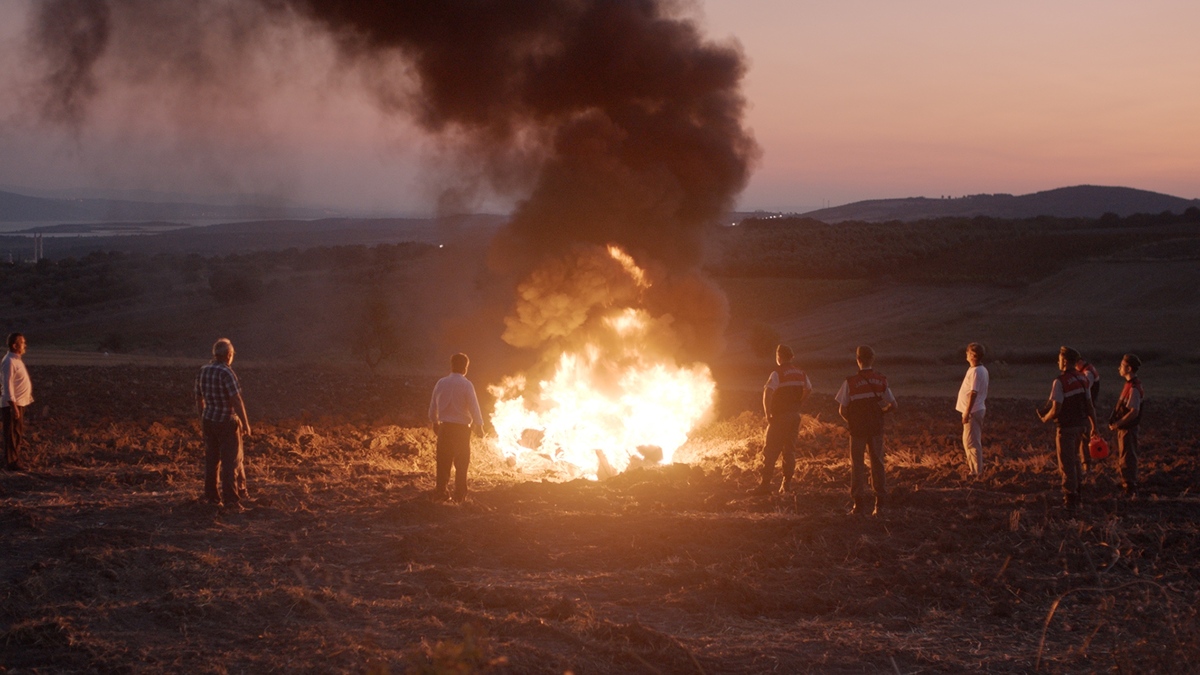
Thank you to Johanna Calderón-Dakin for her valued assistance in making this interview possible.◼
Title image credit: AFI – Manny Hebron</em


